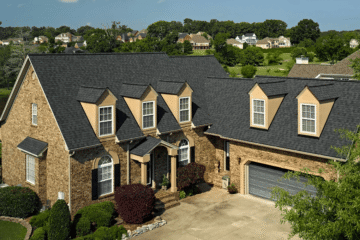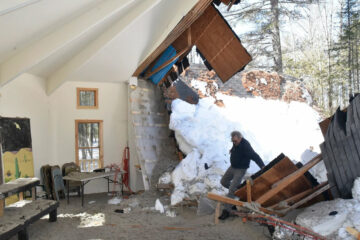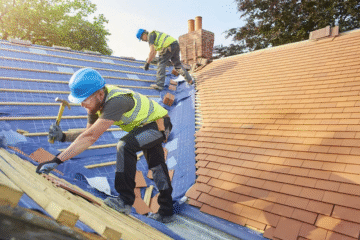Metal Roofing vs Shingle Roofing – Pros, Cons, and Comparisons
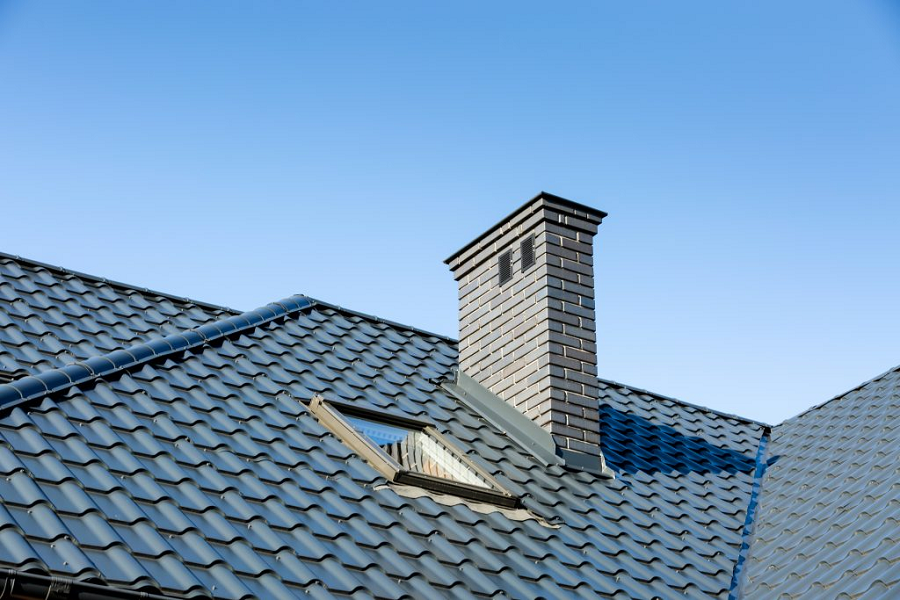
The roof is arguably the most important structure of any home, being the protective barrier for the interiors from the exteriors. However, adequate shelter is not the only consideration when choosing a roofing material. A roof that fits the structural design, insulates a house from both warm and cool weather, and provides secure protection from outside, should be the ideal prospects when choosing a roofing material.
The average homeowner is likely to be uneducated on the right roofing material for each home as it is largely dependent on a few different factors. Geographical position, good design, and climate all play a small role when choosing a roofing system, as well as durability, longevity, maintenance requirements, and costs. Weighing up the advantages and disadvantages of each roofing system can be a daunting prospect, so we’ve compiled a comparison of the two most popular roofing choices – Metal Roofing and Shingle Roofing.
Appearance
Nowadays, the aesthetics of either metal roofing or shingle roofing can be easily tailored to suit your home. Both metal roofs and shingles come in an array of colors and styles to fit each home and their neighborhood. So, don’t let the way the materials look be the decider for which roof to choose. Instead, make your choice based on the material’s performance abilities that are best suited to your home.
Energy Efficiency
Metal Roofing is largely made from recyclable materials and is much more sustainable than shingle roofing. According to Vertec Roofing Sydney, one of the biggest benefits of metal roofing is the impact that it has on your energy bill. Having a roof that is constructed from metal sheeting also means the reflective qualities make it energy efficient, as the hot or cool weather is not transmitted into the house, and the warm or cool air inside the house is not released out. This saves money in utility bills as less heating and cooling energy is being used to maintain a comfortable temperature in the house.
Shingle Roofing, on the other hand, doesn’t share the same reflective qualities as metal. During summer, the shingles tend to absorb the heat from the sun and transfer it into the house. This means the air-conditioning systems will end up working harder and use more energy to sustain a cool temperature.
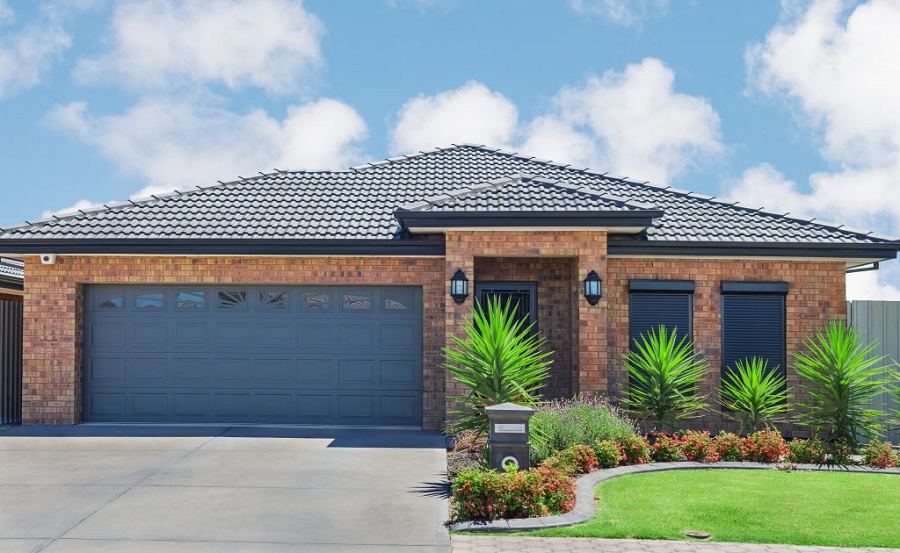
Longevity
Metal Roofing tends to come with 30-50-year warranties, and usually, have a lifespan of about 40 to 70 years. This is due to the sheer durability of metal roofing – they can withstand high winds, storms, and excessive rainfall. However, there are cases in which a metal roofing may be vulnerable. Walking on roofing improperly, falling branches or extreme hail can dent a metal roof and cause the structure to fail.
Shingle Roofing will often have a shorter lifespan due to their unique set of weaknesses. They usually come with 15 to 30-year warranties, and will largely depend on the climate, environment, and region of the house. Damaged shingles can lead to pooling water, roof leaks, algae growth, and moisture build-up. Often extreme spikes in temperature can weaken shingles and impact the life span of a shingle tiled roof.
Installation & Repairs
Metal Roofing tends to require complex and specific installations and repairs. compared to shingle roofing installations, metal roofing will usually come with a much higher one-time cost. The metal sheeting is more expensive than shingles, and there is a higher price point for labor and the equipment required to install a metal roof. Installing a metal roof requires specifically qualified and experienced metal roofing contractors.
Working with shingles entails lower labor costs, making a shingle roof installation a much cheaper option upfront. Shingle roofing can be installed with basic tools and often in quick succession. While shingle roofing is more fragile than metal roofing, and damaged shingles appear more frequently, the repairs are often a lot cheaper and can be fixed quickly and easily.
More often than not, metal roofs will require fewer repairs. The nature of a metal roof means that it’s harder for the material to be significantly damaged or worn compared to a shingle tile. So, while you might spend more money having a metal roof installed, you may later regain some of those funds as you’ll likely avoid having to replace it.
Fire Resistance
For houses that are built in bushfire-prone areas, metal roofing is the preferred choice. Metal Roofing holds properties that make the structure fireproof, especially if made from materials like steel and copper. There are shingle roofing materials that can provide fire resistance, however, like some asphalt shingle tiles.
Conclusion
Whether it be metal or shingle roofing, it’s important to take the time to think about the properties your roofing structure requires. Some areas with extreme weather conditions require durability, and those in temperate conditions may prefer an option that can be easily installed and repaired.


